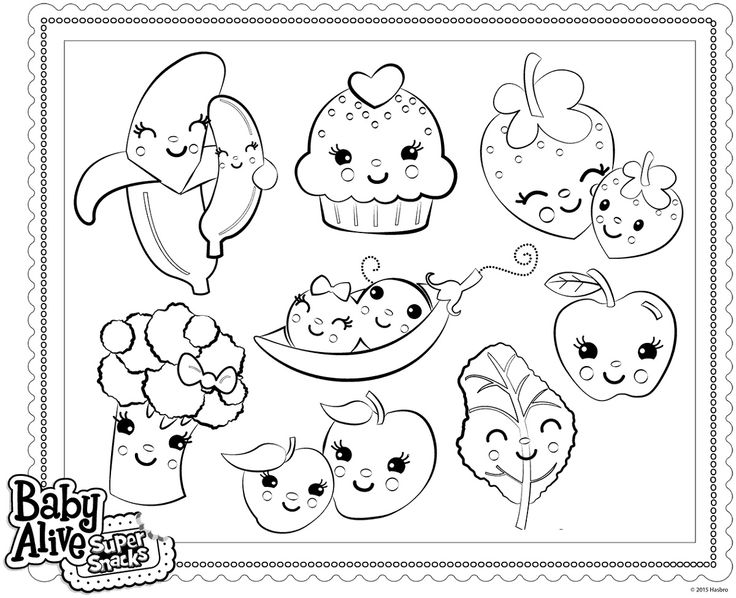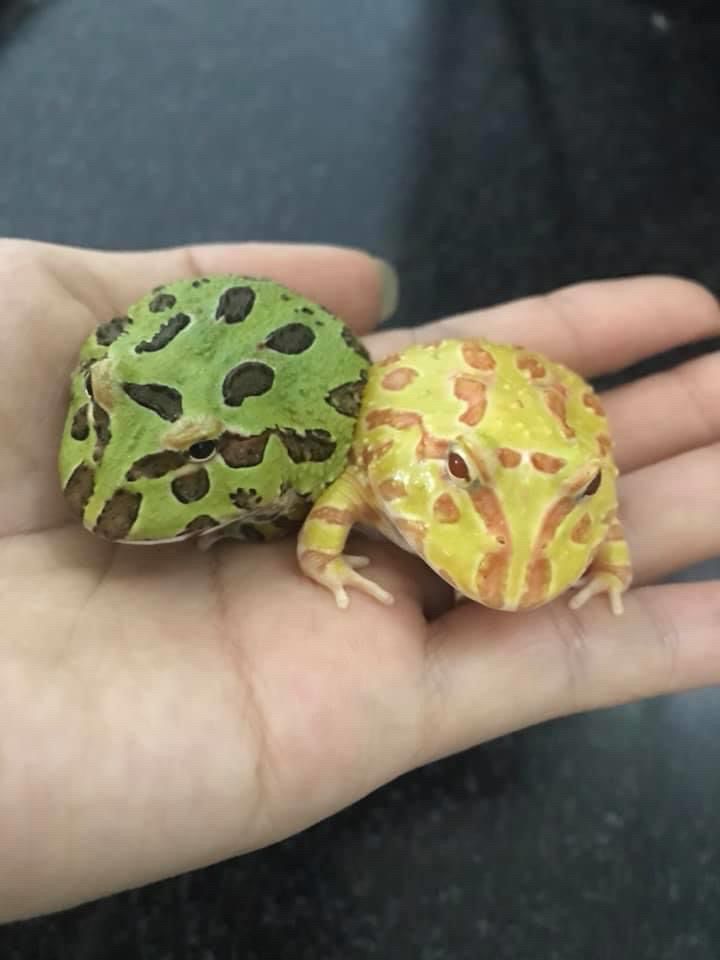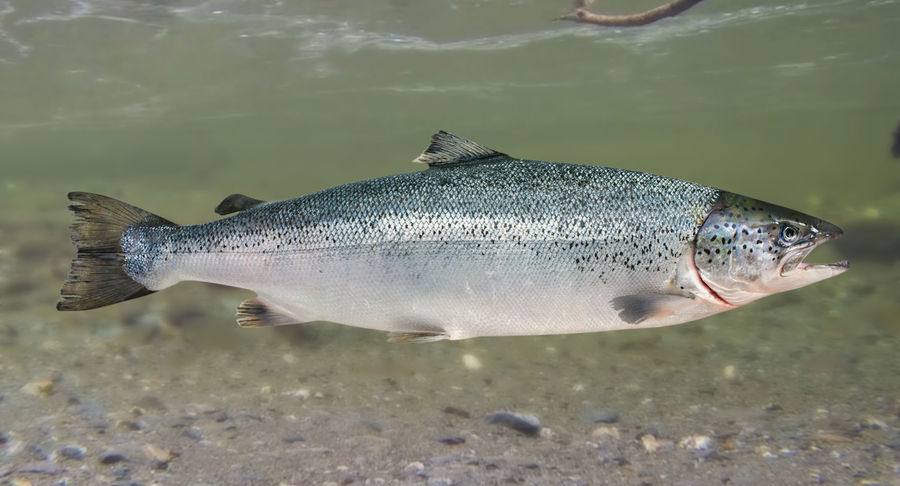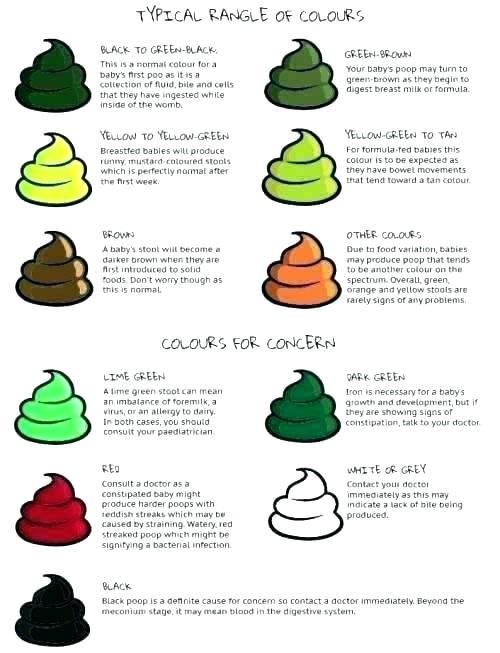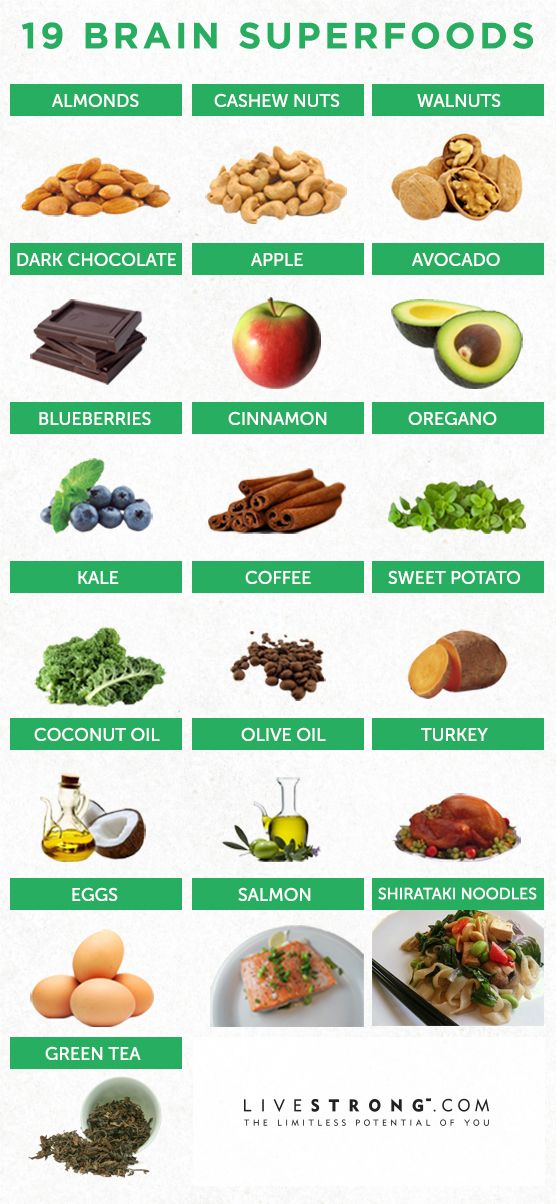How much should you feed a baby bird
Guide to Raising a Baby Bird
Hand-rearing a baby bird can be quite difficult and requires feeding every few hours by an experienced foster mom. On the other hand, purchasing just-weaned or about-to-be-weaned birds who have no problems and eat readily can be a very rewarding experience.
How Much to Feed
A baby bird should be eating 10 percent of its body weight per feeding. (A 500-gram bird would need 50 milliliters of formula per feeding). A baby this age should be fed approximately three times per day.
It’s important not to feed your bird if he still has food in his crop (the enlarged portion of the esophagus at the base of the neck) from the last meal. Food in the crop for more than three to four hours is a sign of crop stasis (slowing down) and could be the beginning of a bacterial or fungal overgrowth in the crop that can make your baby bird ill.
If you feed your bird too much at each meal, his crop can become overstretched and will lose its ability to move the food down through the digestive system.
You’ll need to weigh your bird on a gram scale daily. This will help you determine how much to feed your bird and it will help you monitor whether he’s gaining or losing weight, which can be a sign of your bird’s overall health.
What to Feed
Most baby birds thrive quite well on a commercial hand-rearing formula made especially for your species of bird. These complete diets are convenient since they’re easy to prepare. It’s important to mix these preparations as directed; do not add ingredients unless directed by your veterinarian. Formula that’s too thin won’t have the appropriate nutrients, and formula that’s too thick can become a hard ball in the crop and won’t be digested appropriately.
Formula Temperature
Formula should be fed at a temperature between 105 to 110 degrees Fahrenheit. Baby birds won’t eat food that’s too cold. Conversely, many babies have died from novice bird owners feeding formula that is too hot, which causes a severe burn to the crop. As a precaution, use hot tap water and keep a cooking thermometer in the food formula at all times. If you choose to warm the formula with a microwave, remember to stir it very carefully because there can be hot pockets of food within the mix. Take the temperature before and after stirring.
As a precaution, use hot tap water and keep a cooking thermometer in the food formula at all times. If you choose to warm the formula with a microwave, remember to stir it very carefully because there can be hot pockets of food within the mix. Take the temperature before and after stirring.
How to Feed
Your bird is used to being fed by his human foster mom at the pet store or the aviary. Ideally, you should receive instructions from this person and copy his or her technique as closely as possible.
Spoon-feeding is just as it sounds. Gently stretch your birds neck straight up and support the head with one hand, with your thumb and forefinger placed gently at either side of the upper beak close to where it comes out of the skin. With the other hand, tilt the spoon of formula. Allow your bird to swallow and continue in this manner until he’s received the appropriate 10 percent.
When syringe-feeding, support your baby bird’s head in the same manner as when spoon-feeding and place the syringe in the side of his mouth, aiming towards the back of his throat. As he opens his throat, give him the formula. Practice with the syringe first because it’s common for too much to squirt out suddenly.
As he opens his throat, give him the formula. Practice with the syringe first because it’s common for too much to squirt out suddenly.
Also remember that your bird has to breathe at some point, so if you’re putting food in his mouth for more than a few seconds at a time, he may aspirate food into his lungs.
Be careful with babies that bob for their food vigorously. It’s easy to injure the back of the throat with the syringe tip when these little ones are aggressively bobbing for food.
Hand-Feeding Baby Birds | VCA Animal Hospital
General Information
Hand-feeding baby birds is only a substitute for parents raising birds, but it does have certain advantages. Hand-raised baby birds usually make better pets, as they have been completely socialized with humans. Hand-raised babies grow up with less fear of humans or other potential dangers such as cats, dogs and young children. Hand-feeding is a huge responsibility and requires time, patience, and commitment.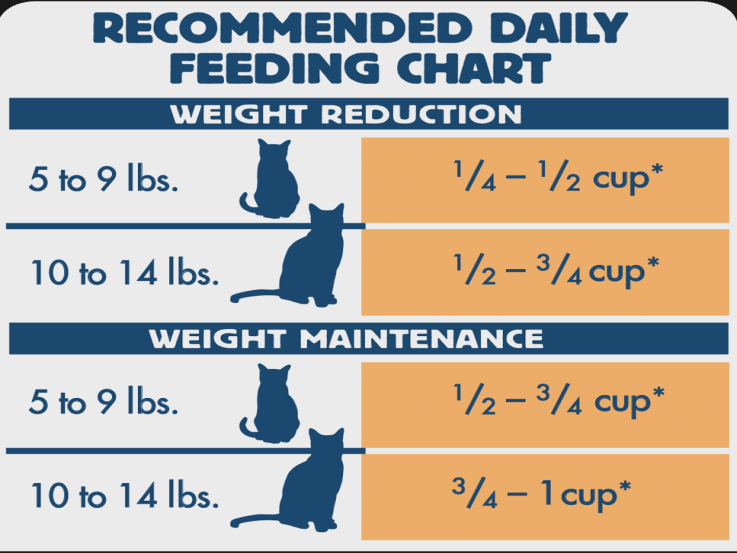 Hand-fed baby birds are entirely reliant on you for everything. Hand-feeding is a job best left for the experienced bird breeder or aviculturist. If you’re considering hand-feeding a baby bird, you should contact your local bird breeder or veterinarian for help. This handout is designed to provide some basic guidelines on how to hand-feed.
Hand-fed baby birds are entirely reliant on you for everything. Hand-feeding is a job best left for the experienced bird breeder or aviculturist. If you’re considering hand-feeding a baby bird, you should contact your local bird breeder or veterinarian for help. This handout is designed to provide some basic guidelines on how to hand-feed.
When do I start hand-feeding a baby bird?
A chick may be removed from its parents any time before weaning, but many suggest leaving the babies with the parents for up to 3 weeks. Older birds may prove to be more challenging in their acceptance of hand-feeding.
Where do I keep a baby bird?
Precise temperature and humidity is essential for optimum growth of newly hatched birds. Initially, relative humidity greater than 50% is required. Hatchlings (without feathers) should be maintained at 95°-97°F (35°-36°C). As the chick gets older and develops feathers, it has a greater tolerance for temperature fluctuations.
Generally, the temperature can be lowered by one degree every 2-3 days as feathering progresses. Chicks with new feathers (pinfeathers) should be fine at 75°-85°F (24°-30°C) depending on the development of the feathers. Fully feathered and weaned chicks can be maintained at room temperature. If you are raising a chick, always monitor your bird for signs of overheating or chilling. Wings extended or drooping, and panting indicate overheating. Shivering and cuddling of chicks together indicate that they’re cold.
Chicks with new feathers (pinfeathers) should be fine at 75°-85°F (24°-30°C) depending on the development of the feathers. Fully feathered and weaned chicks can be maintained at room temperature. If you are raising a chick, always monitor your bird for signs of overheating or chilling. Wings extended or drooping, and panting indicate overheating. Shivering and cuddling of chicks together indicate that they’re cold.
Poor growth or poor digestion (delayed crop emptying) may indicate poor health (including presence of gastrointestinal tract infections), improper consistency/mixing of hand feeding formula, improper temperature of formula, or improper environmental temperature and humidity. Good quality brooders are available that carefully regulate air circulation, temperature, and humidity. Paper towel, diapers, hand towels, or other soft, disposable products can be used to line the bottom of the brooder and provide secure, clean, dry footing for birds. The bottom liner must be changed frequently to keep birds clean. If the bottom texture is too smooth, chicks’ legs may splay out sideways, leading to permanent deformities. The brooder should be carefully checked to ensure that it does not contain anything for birds to get their wings or legs stuck on or that might cause injury or deformities.
If the bottom texture is too smooth, chicks’ legs may splay out sideways, leading to permanent deformities. The brooder should be carefully checked to ensure that it does not contain anything for birds to get their wings or legs stuck on or that might cause injury or deformities.
What should I feed my bird?
There are numerous commercially available hand-feeding formulas for baby birds. You should choose one formula and use it until the baby is weaned. Changes in diet may be stressful on the baby's digestion. Be sure to discuss dietary choices with your veterinarian, an experienced bird breeder, or an aviculturist.
How do I feed my baby bird?
All food must be prepared fresh for every feeding. Food retained from one feeding to another is an ideal medium for the growth of harmful bacteria and yeast. Any food prepared or heated in a microwave oven must be mixed thoroughly to ensure that the food’s temperature is uniform and that there are no hot or cold spots. Food temperature should be at 102°-106°F (39°-41°C) throughout the mixture and should be measured with a thermometer. Food that is too hot may cause severe burns to the crop.
Food that is too hot may cause severe burns to the crop.
Food that is too cold may be rejected by baby birds and may slow down digestion. Hand-feeding formulas have specific directions on the packaging and explain how they should be mixed.
In general, the younger the bird, the thinner the mixture should be. A day-old chick requires a more dilute mixture (90% water), as it is still utilizing the yolk sac as a source of nutrition. Chicks older than one or two days, should have food containing approximately 70-75% liquid.
"All food must be prepared fresh for every feeding."
Syringes are probably the preferred feeding tool, but some bird owners still prefer a spoon with the sides bent up and inward. Accurate feeding volumes can be recorded with the syringe. Charting daily feedings is important. The natural feeding response of a baby bird is to rapidly bob the head in an up and down motion. This action can be stimulated with gentle finger pressure at the corners of the mouth. During this head bobbing, the trachea is closed and large amounts of food can be given relatively quickly.
During this head bobbing, the trachea is closed and large amounts of food can be given relatively quickly.
If the bird is not displaying a strong feeding response, do not attempt to feed as there is an increased chance of aspiration of food into the trachea and lungs which can lead to death. The best time to feed is when the crop is empty. When full, the crop, which is the sac that hangs over the front of the chest at the base of the neck, will be visibly distended.
How often and how much do I feed?
The amount and frequency of feeding depends on the age of the bird and the formula fed. The frequency of feeding for young birds is greater than that of older birds. The following are general guidelines. With newly hatched chicks, the yolk sac is the source of nutrients for the first 12-24 hours post-hatching. Chicks less than one week old should be fed 6-10 times per day (every 2-3 hours).
During the first week of life, some birds benefit from feeding during the night. Chicks that have not yet opened their eyes may take 5-6 feedings per day (every 3-4 hours). Once birds’ eyes open, they can have 3-5 feedings (one every 5 hours). As their feathers start to grow in, they may be fed 2-3 times per day (every 6 hours). Their crops should appear full when they’re done.
Chicks that have not yet opened their eyes may take 5-6 feedings per day (every 3-4 hours). Once birds’ eyes open, they can have 3-5 feedings (one every 5 hours). As their feathers start to grow in, they may be fed 2-3 times per day (every 6 hours). Their crops should appear full when they’re done.
Feeding between 10:00 p.m. and 6:00 a.m. is not necessary at that point when birds are sleeping. The best indication of a healthy, growing chick is a good, strong feeding response at every feeding, with the crop emptying between feedings, and the regular production of droppings (feces). Weight gain should be monitored and recorded at the same time each day using a scale that weighs in grams with 1-gram increments to detect subtle increases or decreases. Birds’ weights may fluctuate up and down daily but should trend upward over a period of days to weeks. Birds that are not gaining weight should be checked by a veterinarian as soon as possible.
When should birds be weaned off hand-feeding formula?
Deciding when to wean a bird off of formula is often a difficult decision for both the bird owner and the bird. As a bird gets older and develops a full complement of feathers, it should be encouraged to wean off formula and to eat more on its own. Some babies start weaning themselves by refusing certain feedings.
As a bird gets older and develops a full complement of feathers, it should be encouraged to wean off formula and to eat more on its own. Some babies start weaning themselves by refusing certain feedings.
Birds should be offered a variety of foods including formulated pelleted diets as well as fresh fruits and vegetables to encourage exploration and experimentation. As food introduction continues, hand-feeding may be withheld at certain times, often starting with the mid-day feedings. As time goes on, the morning feeding may be withheld and ultimately the evening feeding. Some birds learn quicker to eat on their own by watching other birds or older babies eat.
Should I be concerned about disinfection?
Baby birds have poorly developed immune systems and are more susceptible to developing infections. The brooder should be disinfected regularly. All feeding utensils must be cleaned, disinfected, and dried thoroughly between feedings. Using separate feeding utensils for every individual bird is recommended.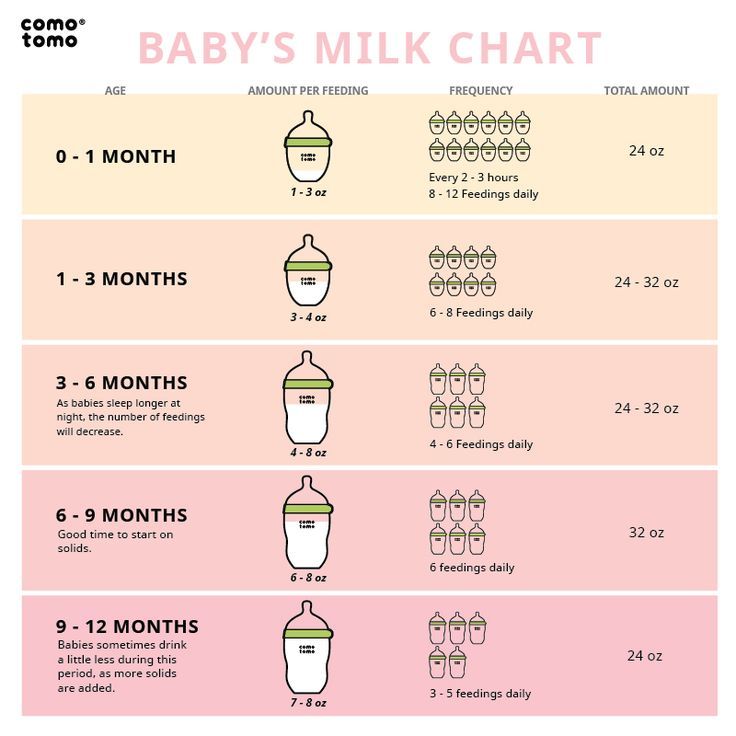
How do I know if something is wrong?
If you suspect something is wrong with your bird, you should immediately contact your veterinarian. Signs to watch for include:
- Chirping or crying all the time
- Fussing a lot and not sleeping
- Listless, droopy wings or head
- Not accepting food
- Lack of feeding response
- Slow or lack of crop emptying
- Poor weight gain
- Slow growth
- Abnormal posturing or abnormal wing and/or leg positions
- Abnormal or lack of droppings
- Wetness or food on skin over the crop (indicating a possible burn)
How to feed the found chick, how many times a day
If you find a chick, the first thing you need to do is determine its species. Feeding granivorous, insectivorous and predatory chicks have their own differences. But in the early stages of feeding, you can use the same feeding methods, and then, after finding out what kind of bird you found, transfer the chick to the appropriate feeding.
Here is one of the most common feeding options for granivorous and insectivorous chicks. This nutrient mixture is well used for feeding for chicks and fledglings from the passerine family. To prepare our mixture, we need the following products: Boiled egg, low-fat cottage cheese, raw carrots, meat (beef, chicken, turkey), greens (lettuce, dandelion leaves, wood lice), hamarus and daphnia, Calcium gluconate (shell from boiled eggs) glycerophosphate , children's dry dairy-free porridge or boiled millet (without salt and fat on the water). nine0003
Action one. Boil the egg, free from the shell. We free the shell from the shell film. Grind the egg as much as possible, you can use a grater with small holes.
Second step. Boiled meat, it is better to take the pulp from the breast of a turkey or chicken and also chop or divide into fibers. The mixture will require meat 40 (for granivorous) and 60 grams (for insectivorous).
Third step. Take washed carrots of a small size, grate them on a fine grater, then squeeze the juice and we will use the remaining pulp. nine0003
nine0003
Fourth step. We take not sour and not fatty cottage cheese. Cottage cheese should have 0% fat content, anything above is considered fat for poultry. We need 90-110 grams of cottage cheese. Sour cottage cheese must be boiled twice changing the water and then it will be suitable.
Step five. You can use greens to add the mixture, but you can do without it for the chicks. And so you can take the greens listed above, chop and add 1.5 teaspoons to the mixture.
Action six. To the above ingredients, add 1.5 -2 tsp. dairy-free porridge or boiled millet (well boiled, without salt and fat in the water). nine0003
Step seven. To the mixture we add the shell from the boiled egg, which must first be ground in a coffee grinder, plus one fourth of the crushed tablet of glycerophosphate. If it is not possible to find glycerophosphate, then you can purchase bone meal and add one fourth tsp. in powder form. At the very least, the shells are enough for now.
Step eight. We take chopped hamarus and daphnia and add about 1 tsp to the resulting mixture. Then we mix everything, it turns out a very thick, crumbly porridge, it should not stick to the fingers. If the mixture is sticky, you can add dairy-free porridge or powdered cereals. nine0003
We take chopped hamarus and daphnia and add about 1 tsp to the resulting mixture. Then we mix everything, it turns out a very thick, crumbly porridge, it should not stick to the fingers. If the mixture is sticky, you can add dairy-free porridge or powdered cereals. nine0003
From the resulting mixture we roll small balls no larger than a small pea, focus on the size of the chick's beak. You can feed 2-5 balls at a time and after each feeding drink plain water from an insulin syringe with a removable needle (without a needle) 4-6 drops. A week-old chick should be fed every 1-1.5 hours, older than two weeks of age every 2-4 hours, at three and four weeks of age you can feed 3-4 times a day. Do not forget that the chick is growing and, accordingly, one-time portions of food are growing. A very important point, do not forget to warm the chicks, because at their age they themselves cannot maintain normal body temperature. Warming up promotes better assimilation of feed. Don't forget to control your chick's weight. If possible, show the chick to a specialist. To control the work of the intestines, you can take the litter from the chick for a coprogram, this is an analysis of the digestibility of the feed. nine0003
If possible, show the chick to a specialist. To control the work of the intestines, you can take the litter from the chick for a coprogram, this is an analysis of the digestibility of the feed. nine0003
Take care and love your feathered friends and they will love you back.
Veterinarian ornithologist
Chuguevsky VV
Veterinary clinic Bambi.
You can ask an ornithologist on the forum.
How to save a chick that has fallen out of the nest | Encyclopedia of Animals
With the advent of warm weather, our forests and gardens are filled with bird songs, and people, in turn, try to spend as much time as possible outdoors. During outdoor recreation, helpless chicks are often found. Naturally, there is a desire to save the life of a baby, but not everyone knows how to save a chick that has fallen out of the nest. Let's see how we can help him. nine0003
To save or not to save - that is the question
The first thought that arises when looking at a fledgling and flightless chick is “fell out of the nest”, “lost” and even “parents abandoned and forgot”. In fact, the chick is alone, no brothers, sisters, or adult birds are visible nearby, and it also screams loudly. How can you help here? But the fact of the matter is that help in 95% of cases in such situations is not needed.
In fact, the chick is alone, no brothers, sisters, or adult birds are visible nearby, and it also screams loudly. How can you help here? But the fact of the matter is that help in 95% of cases in such situations is not needed.
The fact is that in many birds (primarily small passerines) chicks leave the nest as half-fledged fledglings. During this period of life, they still do not know how to fly, but they are already actively exploring the surrounding space - they climb branches, clumsily flit. It is these rather active chicks that fall into the field of human vision. It is easy to determine the fledgling in appearance: it is feathered or covered with rudiments of unopened feathers; the chick is quite large (about 50-70% of the size of a sparrow), it is often active, that is, it opens its mouth and asks for food. Parents did not abandon this chick, but simply flew away for food. Of course, while you are standing next to the chick, they will not make themselves felt. And if you stay too long, then there is a chance that the parents will leave him out of concern. nine0003
nine0003
Even if the chick looks too small and helpless, don't rush to classify it as an orphan. Birds such as warblers, warblers, larks, wagtails nest on the ground, their chicks spend their entire childhood on the grass. Your presence in this situation is also undesirable because magpies and crows track human behavior. Smart birds can check after you leave what you saw there, find and kill the chick. Hence the conclusion: do not "save" everything that catches your eye. If the chick is dry, warm, active, well feathered, then he does not need help. nine0003
What if the situation causes concern? Perhaps the chick is too weak or obviously fell out of the nest from a great height and cannot be returned to its parents. In this case, you can try to save him, but keep in mind that the likelihood of success will be directly proportional to your diligence, and you will have to put in a lot of work.
What to do first
- Quickly and carefully inspect the place where you found the chick, remember how it looks.
 In some cases, this will help determine the type of bird. nine0055
In some cases, this will help determine the type of bird. nine0055 - Pick up the chick (don't squeeze too hard!) and bring him home as soon as possible.
- On the way, inspect the chick for damage. If the bird has clearly visible fractures of the paws, wings, concussion (how to define it a little lower), then you can’t do without a veterinarian. It is highly desirable to seek help from a veterinarian who specializes specifically in the treatment of birds (unfortunately, such specialists are extremely rare). If there are no obvious signs of a fracture, and the general condition of the chick is satisfactory, then it is better not to torment him, but simply to provide good conditions - nature will do its job and he will recover. nine0055
- Providing a chick with food as soon as possible is even more important than furnishing a home for it.
Now a few words on how to define contusion. Usually, chicks get severe bruises either from hitting the ground or when they collide with cars.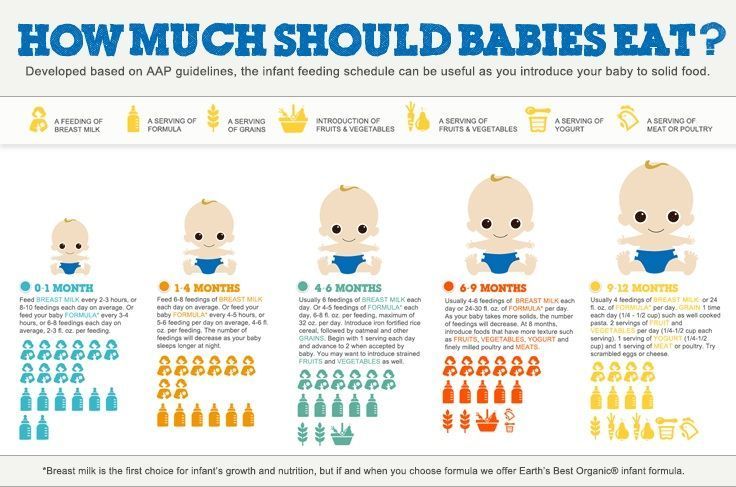 At the same time, the bird has no wounds on the outside, but a concussion is observed. True signs of this condition are bleeding from the nostrils, paralysis of both legs or paralysis of half of the body (paw and wing on one side), closure of one eye, or unequal degree of pupil dilation on the injured and healthy side of the body. nine0003
At the same time, the bird has no wounds on the outside, but a concussion is observed. True signs of this condition are bleeding from the nostrils, paralysis of both legs or paralysis of half of the body (paw and wing on one side), closure of one eye, or unequal degree of pupil dilation on the injured and healthy side of the body. nine0003
What to feed
You may think that feeding a chick is easy - crumble bread and crumble. But here you will find disappointment number 2. Chicks do not eat bread, crackers, porridge, cereals, seeds. They don't eat at all. Even the chicks of granivorous birds do not take dry food at first. And the reason is that the growing organism needs proteins, therefore, in nature, even granivorous birds feed their offspring with animal food and exceptionally soft food. You will have to do the same. Pigeons are the only exception. They feed the chicks with goiter secretions - bird's milk, and then with semi-digested grains. If you picked up a pigeon chick, then you can feed it with unsalted porridge, gradually reducing the degree of cooking. In other cases, the best food for the chick is mealworms, cockroaches, crickets, darkling larvae - zoophobus (all these foods are sold in pet stores), earthworms (you can dig up), caterpillars (you will have to collect), a boiled egg (only as an additional food, and not a substitute for anything and everything). Even if you have provided the chick with the listed food, it is recommended to periodically catch bugs, grasshoppers, butterflies, flies, mosquitoes and give these insects to him, because the more varied the diet, the healthier your ward will grow. Very weak chicks should be given glucose-sweetened water (not sugar syrup!), instead of solid food, for the first few hours. nine0003
In other cases, the best food for the chick is mealworms, cockroaches, crickets, darkling larvae - zoophobus (all these foods are sold in pet stores), earthworms (you can dig up), caterpillars (you will have to collect), a boiled egg (only as an additional food, and not a substitute for anything and everything). Even if you have provided the chick with the listed food, it is recommended to periodically catch bugs, grasshoppers, butterflies, flies, mosquitoes and give these insects to him, because the more varied the diet, the healthier your ward will grow. Very weak chicks should be given glucose-sweetened water (not sugar syrup!), instead of solid food, for the first few hours. nine0003
What not to feed chicks
- dead insects - no matter what species they belong to and wherever you find them. In nature, insects almost never live to old age, rather someone will eat them. If you find a dead cockroach behind the stove or a dead locust in the garden, do not rush to rejoice.
 Most likely, this individual died from an insecticide, which means that the poison from the feed can enter the body of the chick and greatly harm its already poor health; nine0055
Most likely, this individual died from an insecticide, which means that the poison from the feed can enter the body of the chick and greatly harm its already poor health; nine0055 - Colorado potato beetles - adults, larvae and eggs are poisonous in this species. They are not eaten by any species of birds, so this easily accessible resource will have to be forgotten;
- ladybugs - they secrete a moderately toxic liquid, in nature a bird that has caught such a bug by mistake will spit it out. In captivity, especially in the case of force-feeding the chick, he does not have the opportunity to refuse harmful food, so he can get poisoned;
- hairy caterpillars - firstly, they can be poisonous, and secondly, the villi during feeding can clog the chick's goiter and it will die. Although cuckoos and orioles can eat in the temperate hairy strip, it is still better to play it safe and not use this food;
- brightly colored bugs - in nature, many birds willingly peck at such insects, but this mainly concerns nondescript turtle bugs.
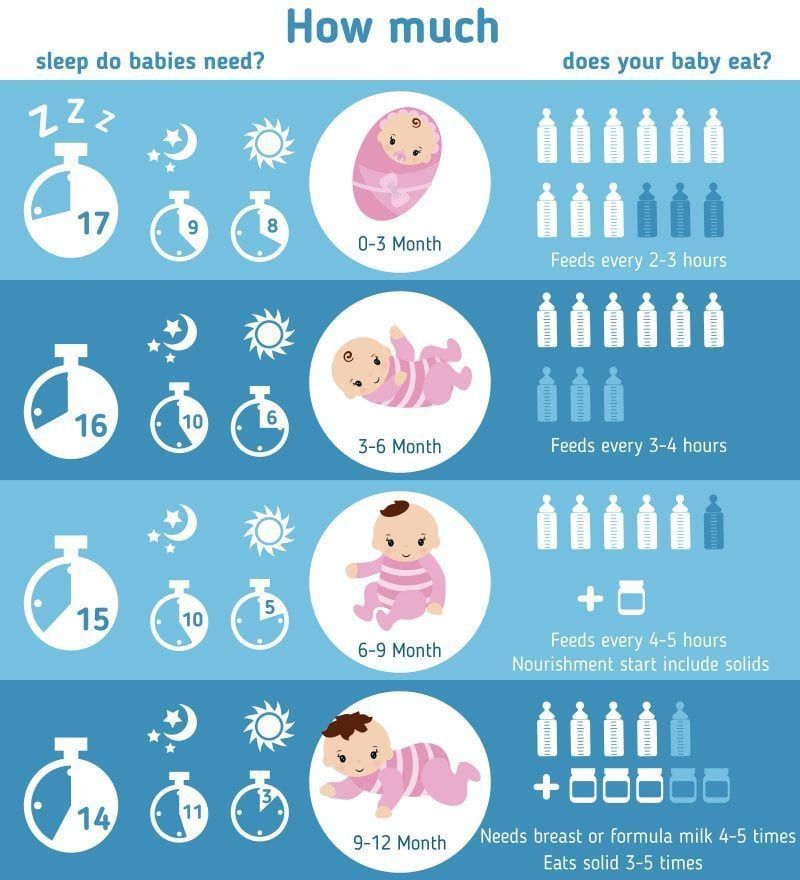 The back of the bug, decorated with bright spots or stripes, is of a warning nature - "do not eat me, it will be worse for you." For safety net, it is not necessary to catch such specimens for the chick. nine0055
The back of the bug, decorated with bright spots or stripes, is of a warning nature - "do not eat me, it will be worse for you." For safety net, it is not necessary to catch such specimens for the chick. nine0055
How to feed
The main thing you should know from the very beginning is that birds have a very high metabolism, and small chicks have a huge metabolic rate. Any food eaten by the chicks is digested very quickly and they need to be fed again and again. In nature, parents jointly feed the brood 100-500 times a day! This means that every 10-15 minutes the chick needs to be fed. And don't expect to overtrain him! A chick deprived of food instantly weakens, a couple of hours of hunger is enough for it to die. You will have to provide the baby with constant supervision, feed him at first every 15 minutes, and when he grows up a little, after 20-30. But you need to take a break at night, but start the first feeding no later than 6 o'clock in the morning! Evening feeding is completed around sunset, that is, around 22.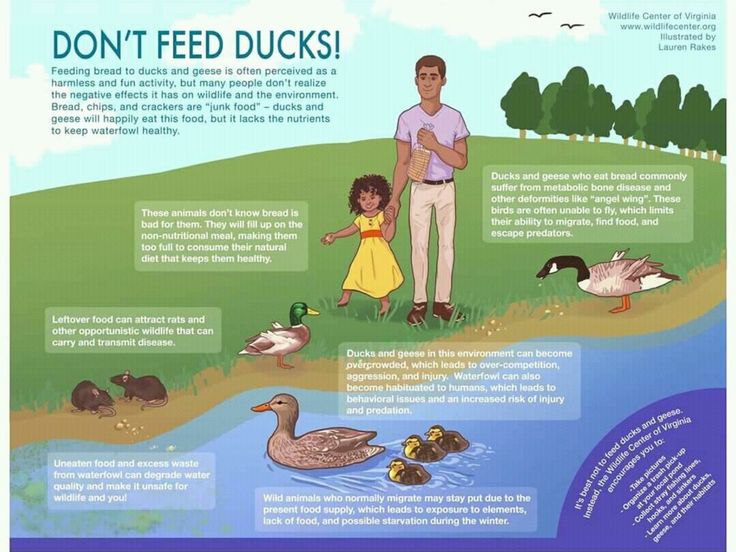 00. nine0003
00. nine0003
It is more convenient to bring food with tweezers. In general, tactile contact should be kept to a minimum, frequent touching is stressful for the tiny creature, and it worsens the condition of down and feathers. If the chick is very small and naked, then it is not necessary to give it a whole large insects. In this case, it is better to cut them with tweezers and feed them in pieces. It is also recommended to remove hard elytra from large beetles, long legs from grasshoppers and locusts. Often the chicks refuse to take any food. This happens because they do not recognize you as their mother, or they are so weak that they have lost their appetite. In this case, you will have to force-feed the ward. To do this, you need to crush the food and fill it with a syringe without a needle (you can add a couple of drops of water to dilute the mixture). Take the bird in your left hand and gently spread its beak with your fingers, insert a syringe into its mouth with your right hand and squeeze out about 1 cm³ of slurry.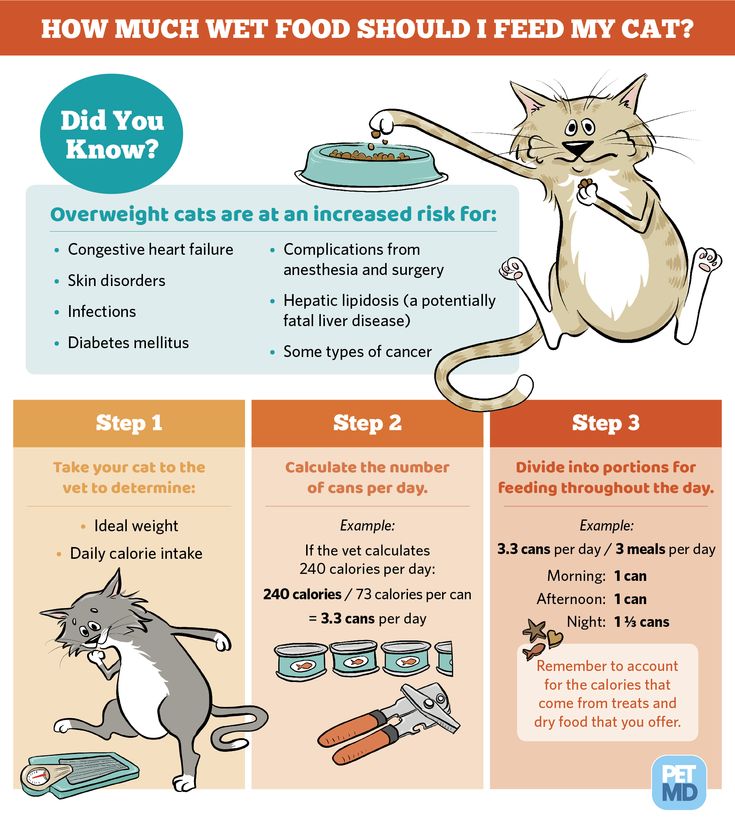 Do not overdo it! In tiny chicks, the beak is easily broken, and this is already a fatal injury. For greater convenience, a flexible tube can be put on the end of the syringe. nine0003
Do not overdo it! In tiny chicks, the beak is easily broken, and this is already a fatal injury. For greater convenience, a flexible tube can be put on the end of the syringe. nine0003
Where to house
If the first difficulties do not dampen your enthusiasm, then you should provide a shelter in your home for the chick. First of all, you need to make a nest.
Take a deep bowl or cardboard box with a rim about 10 cm high. Fill this container with sawdust, dry clean sand, hay, straw, scraps of cloth, make a recess in the middle that imitates the nest tray. Do not fill the container with fresh grass, raw material can cause hypothermia of the chick, because there is no one to warm it in an artificial house. By the way, if you are seriously engaged in rescue, you can purchase a small thermal mat at the pet store, it will to some extent replace the mother's warmth for your pupil. Also, cotton wool, yarn, fabrics with a rare weave of threads can be considered dangerous fillers. The paws of a chick are easily tangled in such material, and a tightened thread can even amputate the fingers of a feathered baby. Lay a paper napkin in the tray in 2-3 layers. Chicks defecate as often as they eat; in nature, their parents monitor their hygiene and take the litter out of the nest. You just need to change the napkin after each feeding. So, the nest is ready. nine0003
The paws of a chick are easily tangled in such material, and a tightened thread can even amputate the fingers of a feathered baby. Lay a paper napkin in the tray in 2-3 layers. Chicks defecate as often as they eat; in nature, their parents monitor their hygiene and take the litter out of the nest. You just need to change the napkin after each feeding. So, the nest is ready. nine0003
Now we need to think about security. In the house of the savior, stupid children, blind-sighted grandmothers, dogs, cats can live, and there are also curious neighbors who have dropped in for a minute. All these creatures threaten the life of a little chick: children can grab it and squeeze it in a fist (certain death), dogs and cats can arrange a hunt (you won’t even find feathers), a blind grandmother will sit by chance on a box (well, don’t execute the old woman for this), and noisy neighbors can accidentally knock it over (“Tanya, I’ll come to you for a second for salt, oh, it seems that something has fallen here!”).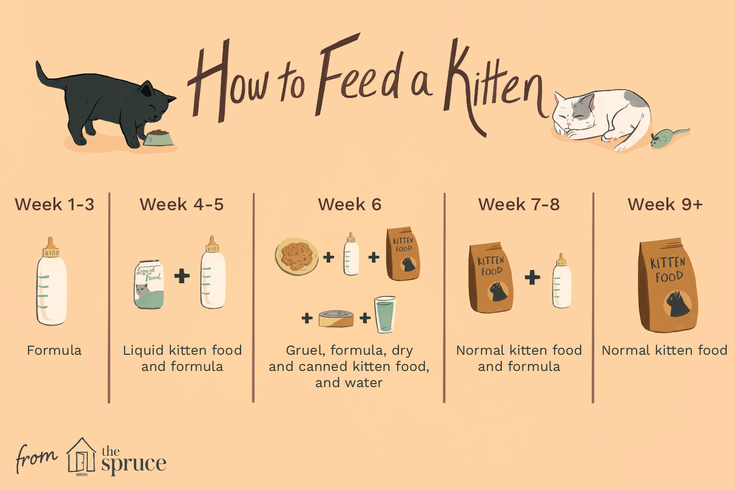 To prevent trouble, it is better to place the nest in a cage or an aquarium covered with gauze. In the cage, do not try to put the chick on the perch, do not place it in closed containers (jars, etc.). Don't nest on high ground. The fact is that a weak chick can get stronger and, unexpectedly for you, will go to explore the surrounding space. He is guaranteed to fall out of his shelter and, unlike the forest and the meadow, it will not be soft grass waiting for him at the bottom, but the floor. You should not put the box with the chick in the sun, so you will not warm it, and the helpless bird is guaranteed to get sunstroke and may die. Drafts are very dangerous. nine0003
To prevent trouble, it is better to place the nest in a cage or an aquarium covered with gauze. In the cage, do not try to put the chick on the perch, do not place it in closed containers (jars, etc.). Don't nest on high ground. The fact is that a weak chick can get stronger and, unexpectedly for you, will go to explore the surrounding space. He is guaranteed to fall out of his shelter and, unlike the forest and the meadow, it will not be soft grass waiting for him at the bottom, but the floor. You should not put the box with the chick in the sun, so you will not warm it, and the helpless bird is guaranteed to get sunstroke and may die. Drafts are very dangerous. nine0003
Do chicks need water?
In nature, chicks of passerines do not need water, as they get enough moisture with food. After all, adult birds do not bring them water in their beaks. At home, you can do without watering the chick if you follow the diet, that is, you give a variety of, and most importantly, “wet” food - earthworms, fatty juicy caterpillars. Flies, cockroaches, crickets (they are most often bought in a store) can be conditionally classified as “dry” food. They do not give the chick enough moisture. In this case, he can instill a few drops of liquid from a pipette, but do this not at every feeding, but a little less often. Please note that shell-shocked chicks should not be given water. nine0003
Flies, cockroaches, crickets (they are most often bought in a store) can be conditionally classified as “dry” food. They do not give the chick enough moisture. In this case, he can instill a few drops of liquid from a pipette, but do this not at every feeding, but a little less often. Please note that shell-shocked chicks should not be given water. nine0003
What to do next?
Fortunately, the chicks grow quickly and the period of trouble soon passes, in a week or two your ward may be completely stronger. In order for the feeding process to be completed successfully, do not forget to gradually accustom the chick to adult food. For granivorous birds, this can be porridge cooked without salt, small grains (millet, rice chaff). Chicks of insectivorous species will have to be supplemented with insects. No matter how hard you try, your chick will be weaker than its wild counterparts and completely unsuitable for independent living. There is nothing you can do to help him, so you have to take responsibility for his life.

